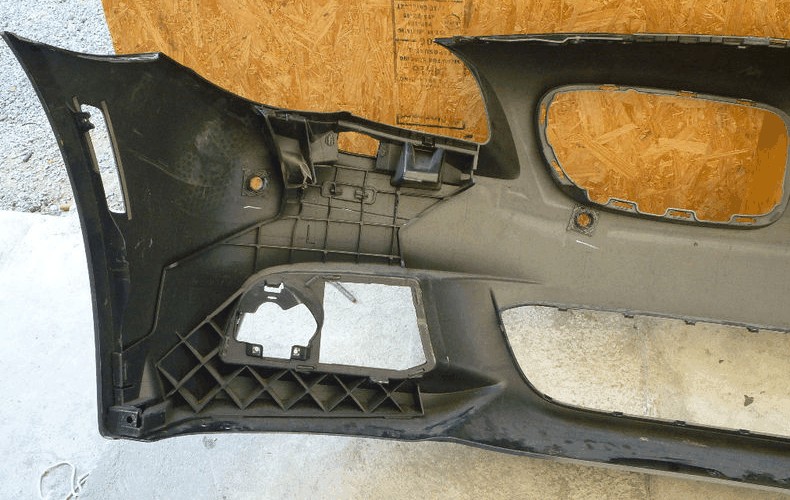Brake Pad Replacement is a crucial maintenance task for any vehicle, ensuring optimal braking performance and safety. This guide provides a step-by-step walkthrough for replacing front brake pads, using an M3 as an example. Remember, brakes are critical for safety. If you’re uncomfortable performing this task, consult a professional mechanic. This guide is for informational purposes only and should not be considered a definitive procedure for all vehicles. Always consult your vehicle’s repair manual for specific instructions and torque specifications.
Tools and Materials for Brake Pad Replacement
Before you begin, gather the necessary tools and materials:
- 7mm Allen wrench (with a 5-6″ extension for leverage)
- 8″ C-clamp or piston retraction tool
- Two sturdy screwdrivers
- Support for the caliper housing (a jack stand or sturdy block)
- Replacement brake pads (ensure compatibility with your vehicle)
Step-by-Step Brake Pad Replacement Procedure
Step 1: Prepare the Caliper
Remove the pad wear sensor by pulling it away from the brake pad. Retain the tensioner clip as it’s not sold separately. For better access, you can disconnect the brake fluid line from the suspension (consult your vehicle’s repair manual for proper procedure).
Step 2: Remove the Anti-Rattle Spring
Using two screwdrivers, carefully pry the large anti-rattle spring out of its position. Caution: This spring is under tension and may fly out. Wear safety glasses.
Step 3: Access the Retaining Bolts
Remove the two plastic caps protecting the caliper retaining bolts. These caps can usually be removed by hand or with a screwdriver.
Step 4: Unbolt the Caliper Housing
Using the 7mm Allen wrench and extension, loosen and remove the two retaining bolts that secure the caliper housing to the carrier. Do not fully remove the bolts, just unthread them enough to release the caliper housing.
Step 5: Retract the Brake Piston
Using the C-clamp, carefully compress the brake piston back into the caliper. Position the C-clamp on the back of the caliper housing, avoiding the bleeder valve and fluid line. Slowly tighten the C-clamp until the piston is fully retracted. Monitor the brake fluid reservoir to prevent overflow. Alternatively, use a piston retraction tool if available.
Step 6: Remove and Replace the Brake Pads
Carefully remove the caliper housing, supporting it to avoid stressing the brake line. Pull out the old brake pads. Install the new brake pads, ensuring they are correctly seated in the caliper.
Step 7: Reassemble the Caliper
Reposition the caliper housing over the rotor and tighten the retaining bolts to the manufacturer’s specified torque (consult your vehicle’s repair manual). Reinstall the anti-rattle spring and the pad wear sensor.
Final Steps and Considerations
After replacing the brake pads, pump the brake pedal several times to restore pressure before driving. Test the brakes in a safe environment at low speed. It’s recommended to have your brake system inspected by a qualified mechanic after any DIY repair. Regular brake maintenance is essential for safety. Consult your vehicle’s maintenance schedule for recommended brake pad replacement intervals.

